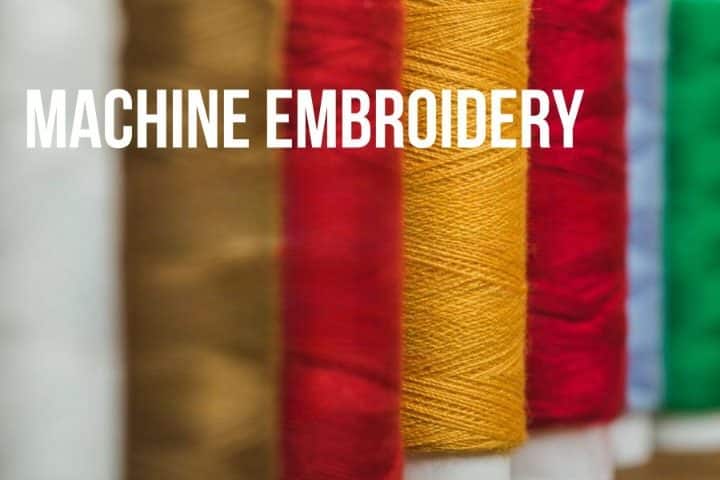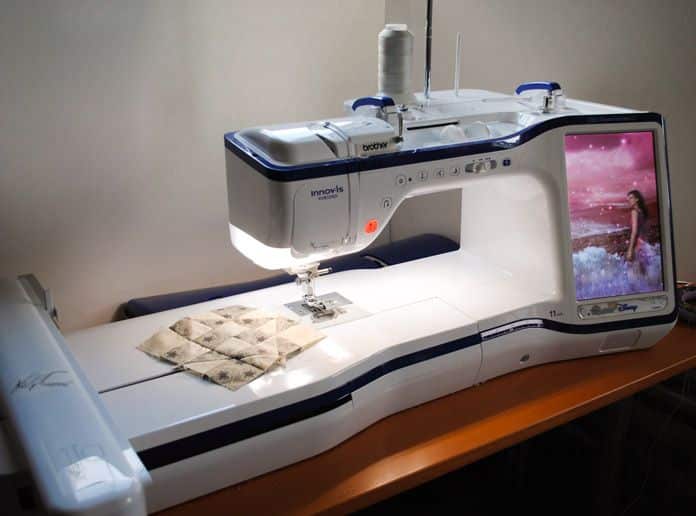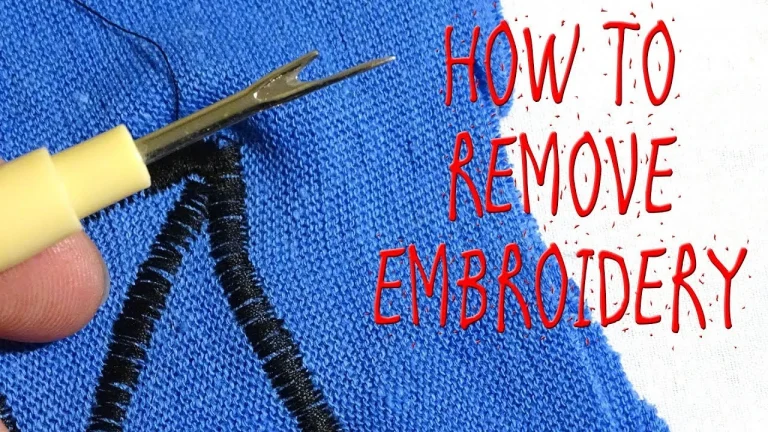Embroidery is a great way to add a personal touch to clothing, home decor, and other fabric items. Embroidery machines make it easy to create intricate designs, but sometimes the size or shape of the item you want to embroider makes it difficult to use a traditional embroidery hoop or frame. In this article, we will share some of the best tips for embroidering without a frame.
Tip #1: Use stabilizer
When embroidering without a frame, it’s important to use a stabilizer to keep the fabric from stretching or distorting. There are many different types of stabilizer available, including tear-away, cut-away, and water-soluble stabilizers. Choose the type of stabilizer that is best suited for the fabric you are working with and the design you want to embroider.
Tip #2: Use basting stitches
To help keep the fabric in place while embroidering, use basting stitches to hold it in place. Basting stitches are long, loose stitches that can be easily removed once the embroidery is complete. Use a contrasting color of thread for the basting stitches so they are easy to see and remove.
Tip #3: Use a hoopless embroidery foot
A hoopless embroidery foot is designed to hold the fabric in place while embroidering, without the need for a hoop or frame. This type of foot has a spring-loaded arm that grips the fabric securely, while allowing it to move freely under the needle. Some embroidery machines come with a hoopless embroidery foot, while others require it to be purchased separately.
Tip #4: Use the correct needle
Using the correct needle is important when embroidering without a frame. Choose a needle that is appropriate for the fabric you are working with, and make sure it is the correct size for the thread you are using. Using the wrong needle can cause the fabric to pucker or the thread to break.
Tip #5: Use embroidery software
Embroidery software can be a valuable tool when embroidering without a frame. With embroidery software, you can create your own designs or modify existing ones to fit the size and shape of the fabric you are working with. Some embroidery machines come with basic embroidery software, while more advanced software can be purchased separately.
Tip #6: Take your time
Embroidering without a frame can be more challenging than embroidering with a frame, so it’s important to take your time and work carefully. Make sure the fabric is secure and the needle is moving smoothly before starting the embroidery. Take breaks as needed to avoid fatigue and keep your stitches neat and even.
Tip #7: Experiment with different fabrics
Embroidery can be done on a wide variety of fabrics, from lightweight cotton to heavy denim. Experiment with different fabrics to find the ones that work best for the type of embroidery you want to do. Some fabrics may require more stabilizer or a different type of needle to achieve the best results.
Tip #8: Practice on scrap fabric
Before embroidering on your actual project, practice on scrap fabric to get a feel for embroidering without a frame. This will help you get comfortable with the technique and make any adjustments needed before working on the final project.
Tip #9: Consider using adhesive stabilizer
Adhesive stabilizer can be a good option for embroidering without a frame, especially if you are working with a small item or a difficult-to-hoop fabric. Adhesive stabilizer is applied to the back of the fabric, and then the fabric is pressed onto the sticky surface of the stabilizer. This holds the fabric in place while embroidering and can be easily removed once the embroidery is complete.
Tip #10: Don’t be afraid to ask for help
Embroidering without a frame can be challenging, but it’s also a fun and rewarding way
Related Posts
Discover relevant articles, tutorials, and tips to improve your skills and explore new techniques.
Stay inspired and connected to our embroidery community.






